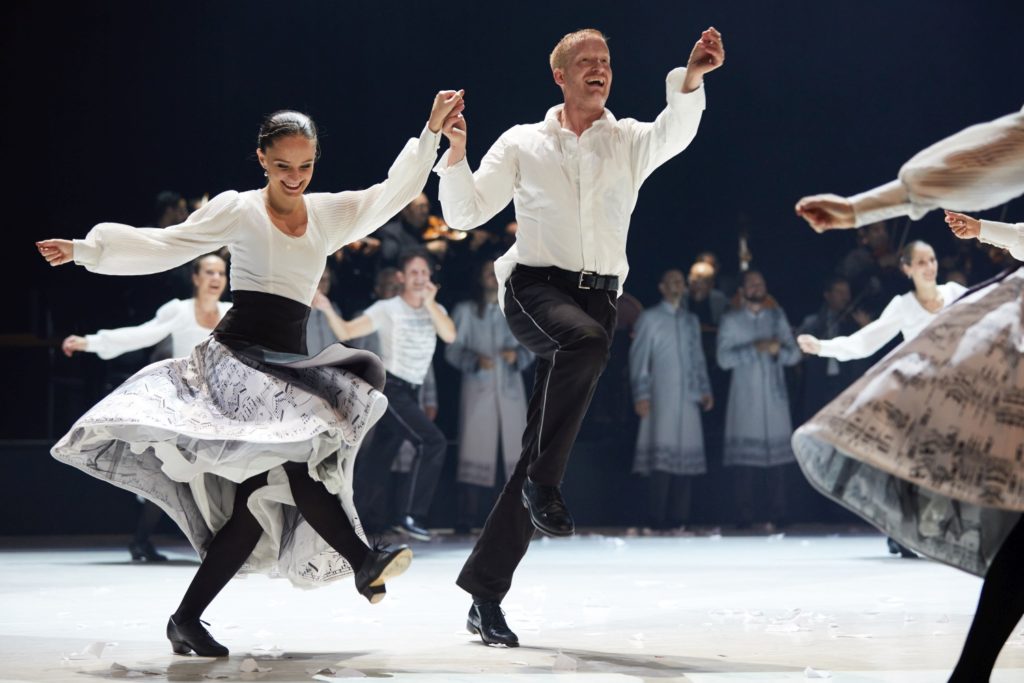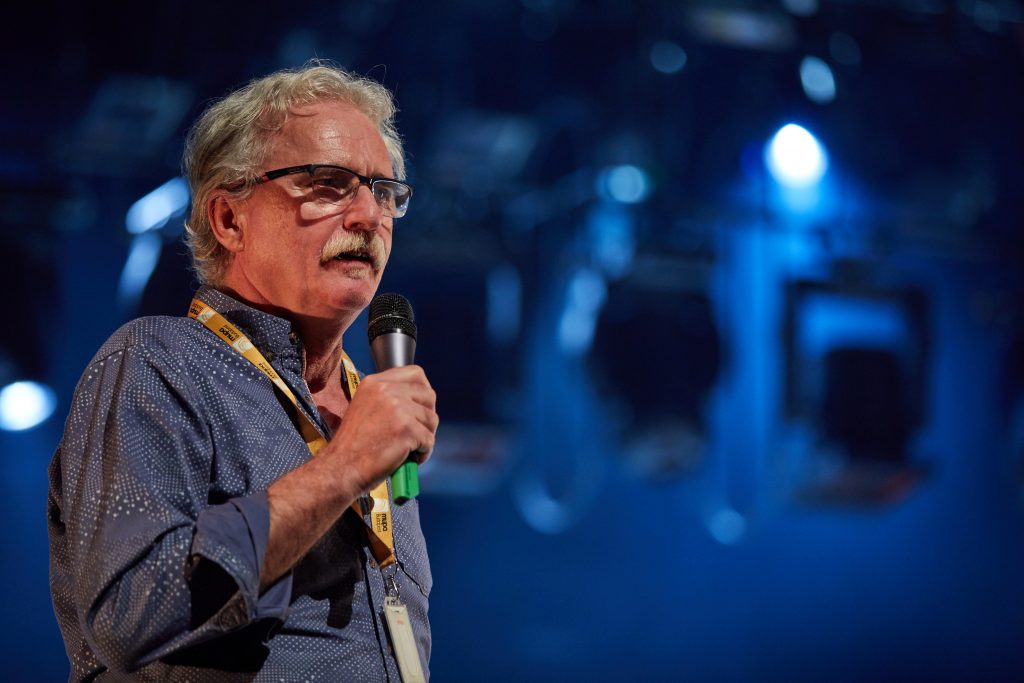
The Hungarian State Folk Ensemble have been performing in their home country and touring the world for 70 years with a mix of traditional and contemporary folk dance and music. Ahead of their performance at Sadler’s Wells on June 3rd, journalist and dancer Rachel Elderkin visited them at their home in Budapest to witness how the traditions are very much alive in Hungary
Looking over a small peaceful square between the banks of the Danube and the steep slopes of the Fisherman’s Bastion in Budapest is the Hungarian Heritage House. A home for Hungarian folk tradition, the building is dedicated to both the preservation and celebration of the rural music, dance and arts of the Carpathian Basin and, on a Saturday night inlate March, those folk traditions feel very much alive.
Across multiple rooms in the Heritage House, the weeklydance house is underway. A social dance event, the evening begins with a class focused on learning a traditional dance or dances, before evolving into an open floor where participants practice with each other and dance into the night.
Each room where the classes are taking place is packed. Accompanied by live music, and combined with the percussive rhythms that dancers tap out on their bodies, an effervescent energy fills the building. Participants from teenagers through to the older generations, from beginners to more experienced dancers, enthusiastically take to the floor. It feels a spirited and community focused gathering, a chance to connect with each other and share an uplifting evening through music and dance.
The same evening has also drawn an equally enthusiastic audience to a performance by the Hungarian State Folk Ensemble, resident at the Hungarian Heritage House. Speaking to the Ensemble’s Director/Choreographer, Gábor Mihályi, and Artistic Director, István Pál Szalonna, it is clear that the Ensemble’s focus is not just on preserving the traditional music and dance forms of the Carpathian Basin, but on bringing these into the modern day.

choreographer, director of the Ensemble
“To me everything is a mix of contemporary and traditional,” explains Mihályi. “We have a wide generation of dancers in the company and we discuss together what tradition means to them. We talk about what we need to keep and what we need to put away because it’s no longer useful, and we reach a consensus on our ideas. We have to focus on the current times”.
The buzzing popularity of the Saturday night dance house is, perhaps, the perfect real-life exampleof this meeting point between folk tradition and contemporary society that the Ensemble aims for – a place where past and present meet.
Watching the Ensemble’s performance at the in-house theatre, it’s easy to be drawn in by the lively spirit of these dances. There’s a richness of sound and texture from both the music and the percussive rhythms of the dances, accentuated by an intricate choreography of body percussion, heel clicks and footwork. The music feels a driving force behind each dance, whether that’s a joyful ensemble gathering, a softer melancholic moment, or the playful bravado of the male dancer’s virtuosic leaps, turns and rapid footwork.
The acute attention to the detail of these dances is clear, in both performance and in the Ensemble’s ongoing gathering of rural folk music and dance: the Hungarian Heritage House has an extensive archive of folklore material from the Carpathian Basin, while the Ensemble performs 100-120 times a year. The Ensemble also perform all over the world, including London’s Sadler’s Wells on 3rd June.
Yet the overarching sense is less of preservation and more of dance and music as a cohesive, celebratory part of society – a way to bring people together and uplift each other. That feeling is present in both the performance on stage and throughout the buzzing atmosphere of the dance house.
On this Saturday evening in Budapest, as crowds of young and old gather together, the sharing of music and dance feels like a much needed food for the soul and for humanity.

